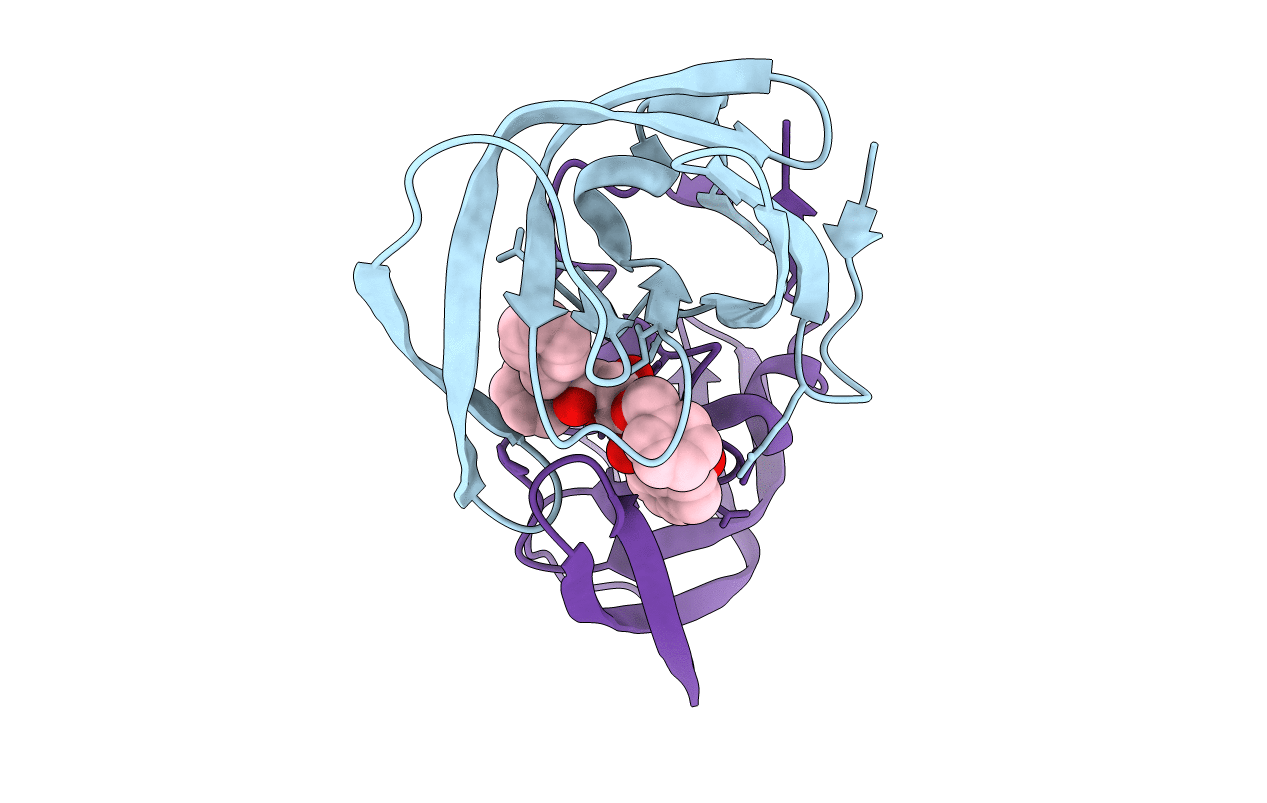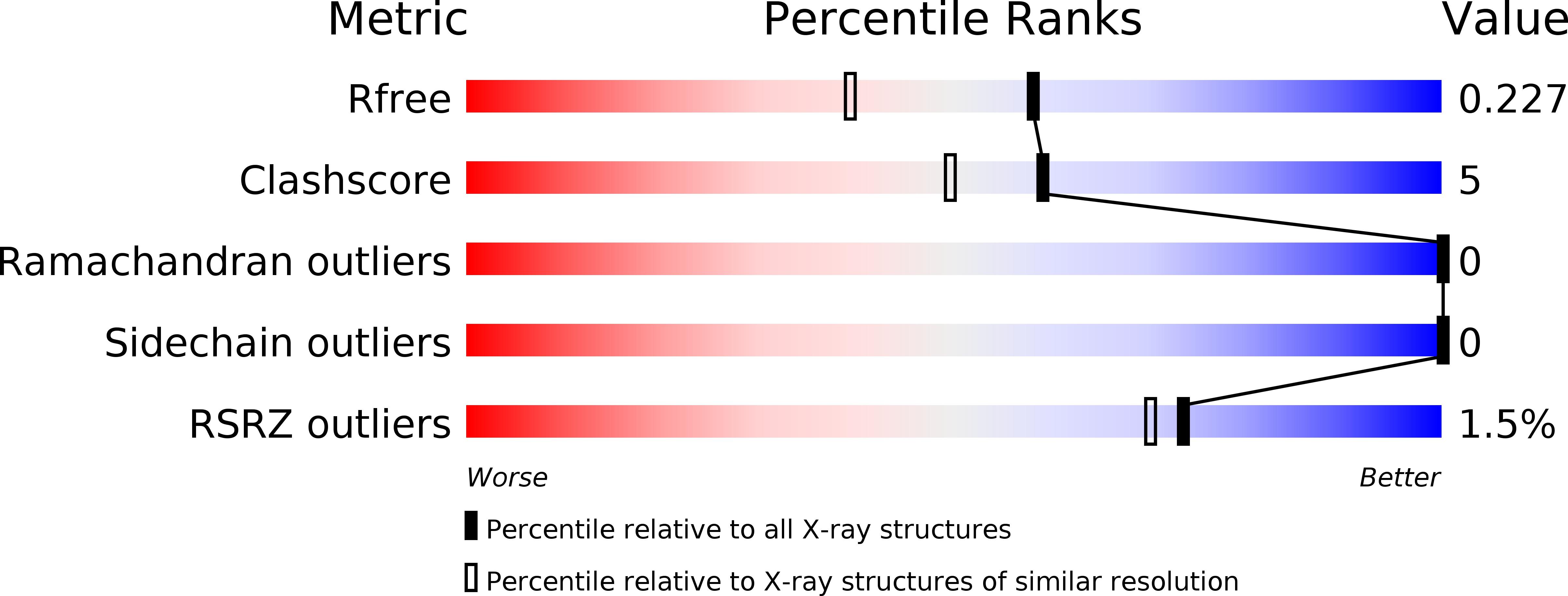
Deposition Date
1999-10-04
Release Date
2002-06-26
Last Version Date
2024-02-07
Entry Detail
Biological Source:
Source Organism:
Human immunodeficiency virus (Taxon ID: 12721)
Host Organism:
Method Details:
Experimental Method:
Resolution:
1.81 Å
R-Value Free:
0.23
R-Value Work:
0.19
Space Group:
P 21 21 2


